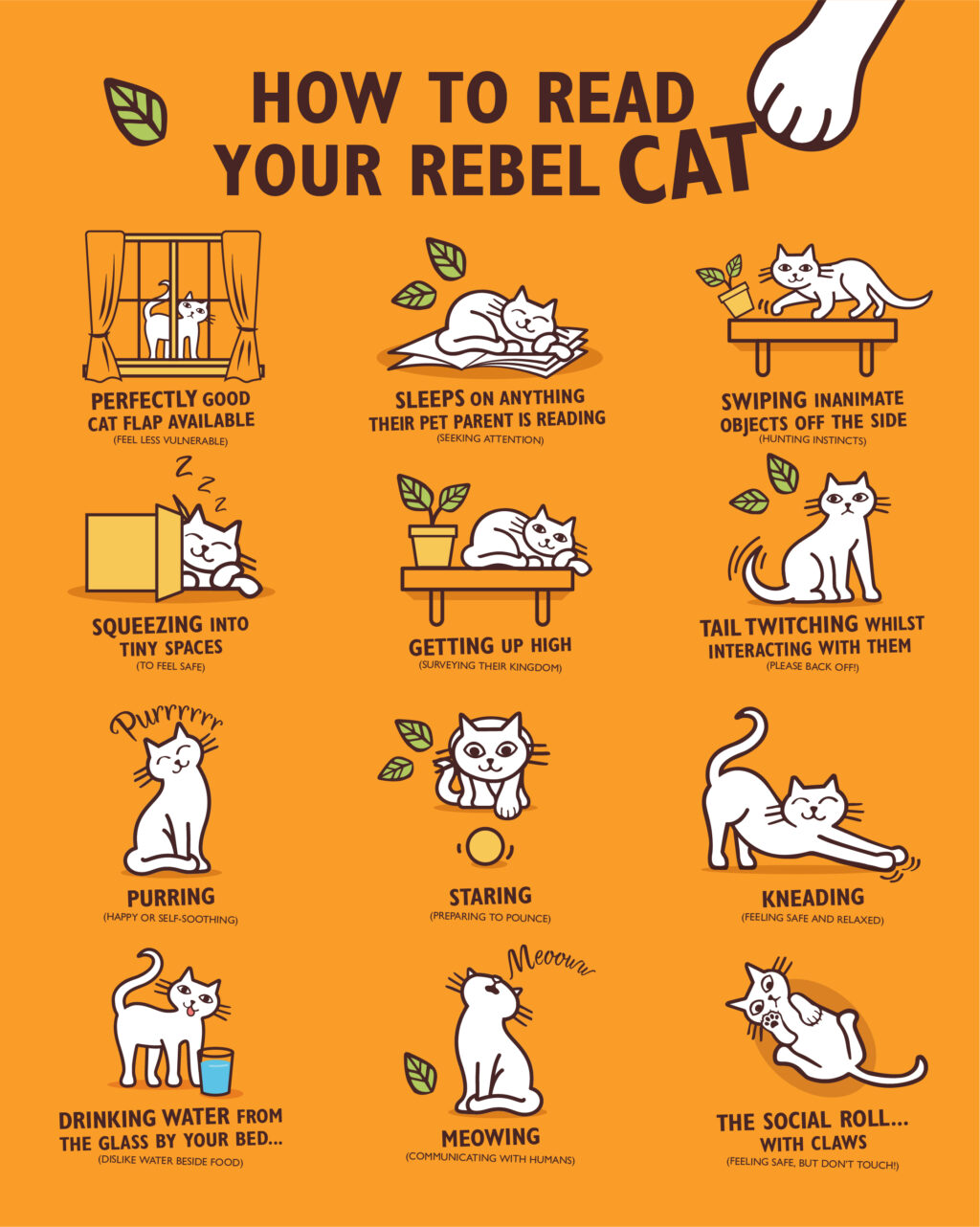EXPERT REVEALS WHAT YOUR CAT REALLY THINKS ABOUT YOU!

The past eighteen months have seen Brits spending more time than ever with their four-legged friends.
Yet despite this, NEW research has revealed that 93 per cent of cat owners are still confused by what their cat’s behaviour means: we are a nation baffled by our moggies.
While there are 10.7 million cats in the UK, this household pet continues to remain aloof and mysterious. Is all that purring, licking and being available for stroking just an elaborate — and effective — ruse for getting food and a warm place to sleep? Are our cats secretly laughing at us?
Lily’s Kitchen – the award-winning producer of proper food for pets – has partnered with cat behaviourist Rosie Bescoby to debunk all mysterious moggy behaviours and understand once and for all what our cats’ movements really mean.
Research, launched today, suggests over half (56 per cent) of cat lovers want to know more about their cat’s behaviour. One in five of the nation’s cat parents is just desperate to know how much their cat loves them, as many think their cats just view them as their personal butler!
Pet owners are now so desperate to be closer to their cat it seems that many are going to extreme lengths in a bid to understand their feline friends with more than one in four (26 per cent) of pet parents admitting to meowing at their cats to communicate with them, and one in 10 respondents going even further and getting down on all fours.
While hilarious cat videos still go viral online, with pet parents dubbing their cats as ‘broken’ because of how they drink water from the tap to their incredible skill of walking through an obstacle course of cups, these behaviours do in fact have meanings and will help pet owners better understand their cats.
Bescoby comments: “It is always said that dogs are man’s best friend, but if you learn what your cat’s behaviours mean you might get past their aloof ways and become their partner in crime.
“Cats don’t meow to communicate with each other, this is something they’ve learnt to do over time to communicate with humans – that just shows us how clever they are! As such, it’s crucial to understand what their different behaviours mean so that we can effectively communicate with them.”
According to Bescoby, a lot of our cats’ behaviours and traits come from their ancestor, the African Wildcat – which still lives today.
“The Domestic Cat still retains the same predatory behaviours and instincts to survive in the wild. Although instead of running down rodents so often, these traits manifest into swiping inanimate objects off the tables and climbing trees.”
While hunting and other behaviours have been around for thousands of years, Brits still have a lot to learn about their now-domesticated four-legged friends.
From a list of common cat behaviours, only 27 per cent of pet parents on average understand what they mean.
“While we all know the common tell-tale signs of when our cats are happy, such as purring or kneading against your leg, it’s also important to be able to know when your cat just wants some alone time.
“Being able to read these signals and knowing when to back off will make your cat happier and create a better relationship.”
Sam Crossley, Marketing Director at Lily’s Kitchen, comments: “While cats can sometimes be aloof, and seem like they don’t want attention, we know they love us in their own way, and bring so much joy to our lives.
“In spite of their complex personalities, good nutrition for cats is simple: proper meat and complete recipes. At Lily’s Kitchen, we make food that makes sense for cats that don’t, and want to join pet parents in celebrating the funny and bizarre behaviours of our furry friends.”





